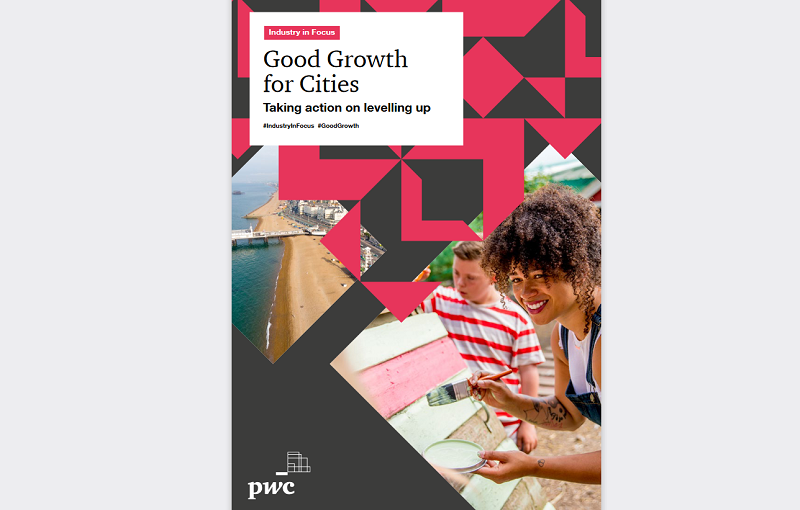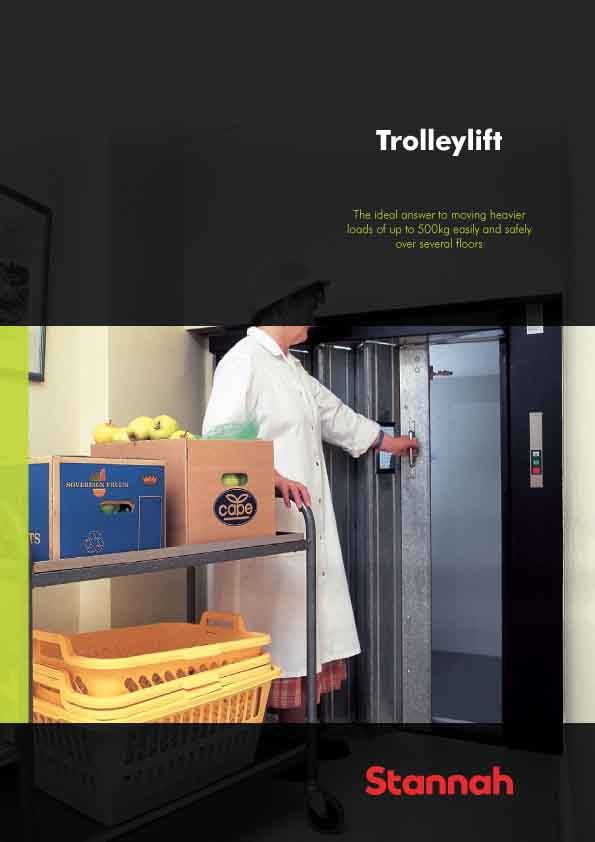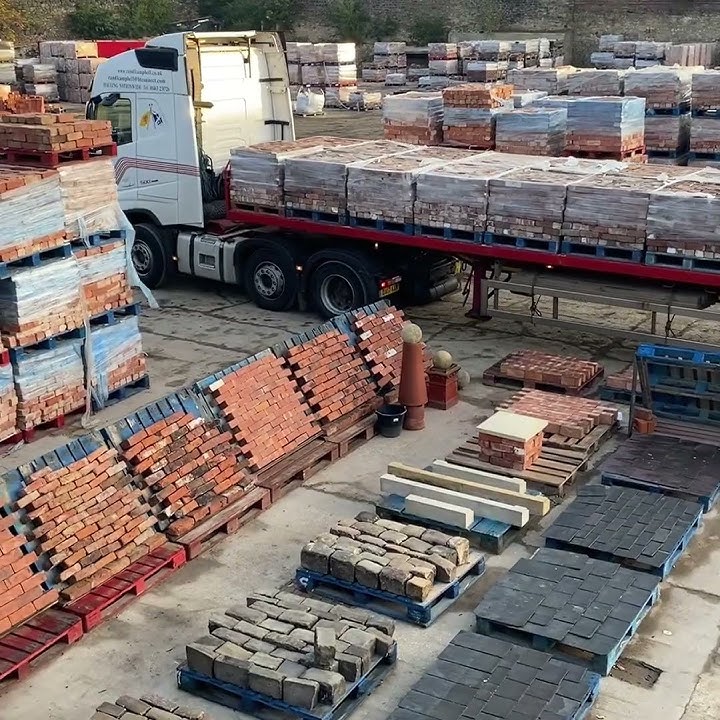Provincial cities are expected to show stronger economic growth than those that are larger and more metropolitan and there is an increased focus from the public on wellbeing, the environment and income distribution, according to PwC’s annual Good Growth for Cities report.
Areas such as Bournemouth, Exeter and Plymouth, are expected to see the strongest gross value added (GVA) growth rates for 2021 and 2022, as the new analysis shows the sectors most badly affected by the pandemic are showing signs of sharper recoveries than what was originally expected.
The Demos-PwC Good Growth for Cities Index ranks 50 of the UK’s largest cities (generally considered those with populations of at least 350,000 people), plus the London boroughs as a whole, based on people’s assessment of 12 key economic wellbeing factors, including jobs, health, income and skills, as well as work-life balance, house affordability, travel-to-work times, income equality, environment and business start-ups.

For the first time, two new indicators - safety and high street and shops - have been added to the index. The separate GVA analysis included in the report takes into account a city’s sectoral make-up, the impact of the use of the furlough scheme to protect jobs, and rates of Universal Credit claims, Covid infection rates and mobility data to estimate GVA growth for 2021 and 2022.
Oxford, Bournemouth, Swindon, Reading and Milton Keynes make up the top five in the overall index while cities in the North and Midlands largely account for those that sit at the bottom, underlining how the North-South divide continues to present a barrier to growth. Belfast, in eighth place, is the highest ranked city from the devolved nations while London comes in at 39. The capital scored poorly on areas such as the house price to earnings, impacting its place in the overall ranking. In spite of its relatively high proportion of Universal Credit claimants, it is expected to achieve an above average GVA growth rate in 2022.
The report sets out how an inflection point has been reached in the UK’s levelling up mission, with now being the time to accelerate efforts and build on the progress that has been made by smaller cities while addressing both the geographical and societal inequalities that continue to exist throughout the country.
Karen Finlayson, regional lead for government and health industries at PwC, said: “Once again, Southern cities dominate this year’s Good Growth Index. It’s clear that regional inequality remains a very clear reality that can’t be ignored. The Government’s Levelling Up White Paper was a welcome acknowledgment of what is a long-term and incredibly complex problem. Every individual city will face its own unique set of challenges and priorities that will need to be addressed through innovative, imaginative and tailored solutions. The provincial cities that are currently performing strongly will now have a different set of needs than larger metropolitan cities, some of which have experienced a period of poor growth.
“The growth we’re seeing in these areas, combined with changing priorities among the public, presents us with a golden chance for a big reset; this is a generational opportunity to accelerate the levelling up agenda. We must capitalise on the growth we’re seeing outside of our larger cities, which is driven in part by an increased focus on wellbeing and fairness, but there is only a small window to act, otherwise we risk drifting back to the status quo.”
The Demos-PwC Good Growth for Cities Index measures cities’ performance against a series of 12 variables, each one weighted relative to how important it is considered by the 1,000 people surveyed as part of the study. In comparison to last year’s report, the importance given to these indicators by the members of the public who have been polled has shifted considerably. Jobs and skills, two of the most important variables last year, see significant decreases in their importance in the updated Index, most likely as a result of high levels of confidence in the employment market. In contrast, the environment and income distribution have seen significant increases.
Of the 12 variables included in this year’s index, the biggest driver for improvement for cities over the last three years has been better work-life balance. Broad improvements in the skills of older workers, as well as income distribution and life expectancy, have also helped the gap narrow slightly between the highest and lowest ranked cities.
However, many of the scores for several variables - those most likely to have been negatively impacted by the pandemic - have fallen over the past two years, including the number of new businesses opening, the strength of the high street and owner occupation rates.
Justin Martin, devolved and local government lead for PwC, said: “We’re emerging from the pandemic with a new set of priorities, largely focused around fairness, the environment and work-life balance. It’s likely that the way we have lived over the past two years has led to people reflecting on what they value the most. This appears to be having a significant impact on the fortunes of different places, with the cities that perform well not only having strong local authorities but also being characterised by strong environmental and safety credentials.
“While the vision set out in the Levelling Up White Paper centred primarily around geographic inequality, it did recognise that there are multiple societal disparities which affect people and could hinder the economic recovery. We know from our research that women and people from minority ethnic backgrounds are the most likely to have been negatively impacted as a result of the pandemic.
“Central government, local government and businesses all have a role to play in developing localised plans to address not only the regional inequalities but the societal gaps that also exist within their cities, towns and communities.”




















